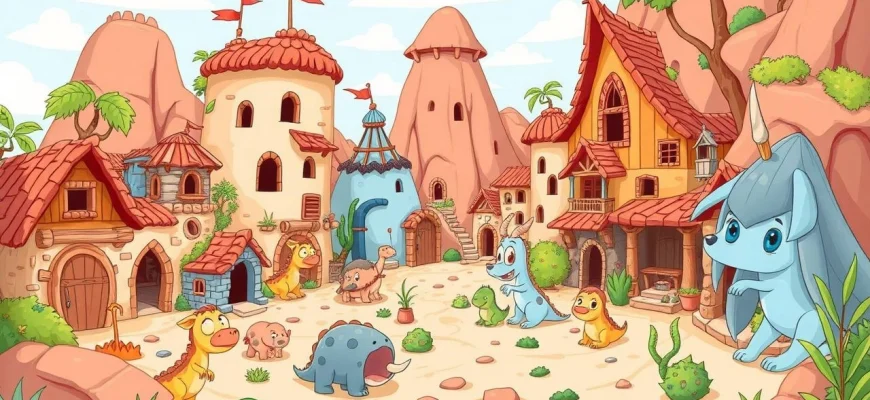If you're a fan of 'The Flintstones' (1960), the iconic animated sitcom that brought the Stone Age to life with humor and heart, you're in for a treat! This article explores 10 movies and TV shows that capture the same whimsical charm, family-friendly fun, and prehistoric (or fantastical) settings. Whether you love the clever wordplay, the lovable characters, or the nostalgic vibe, these picks will keep you entertained just like Fred and Barney did. Dive in to discover your next favorite watch!
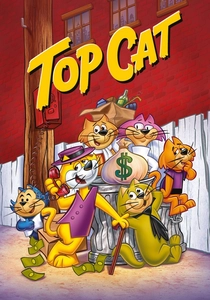
Top Cat (1961)
Description: Top Cat, another Hanna-Barbera production, mirrors The Flintstones in its use of anthropomorphic characters to parody human society. Both shows feature a charismatic lead character (Fred Flintstone and Top Cat) who often finds himself in humorous, self-inflicted predicaments. The ensemble casts and episodic storytelling are also similar.
Fact: Top Cat was loosely based on the 1950s sitcom The Phil Silvers Show. The show was known as Boss Cat in the UK due to a cat food brand already named 'Top Cat.' Despite its short original run, Top Cat became a cult classic and was revived in various forms over the years.
 Watch Now
Watch Now 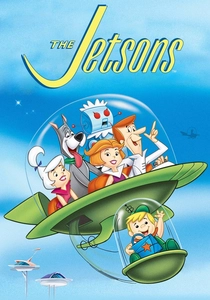
The Jetsons (1962)
Description: Like The Flintstones, The Jetsons is a Hanna-Barbera production that revolves around a family living in a unique, exaggerated version of their respective time periods—The Flintstones in the Stone Age and The Jetsons in the futuristic Space Age. Both shows use their settings to humorously explore everyday family life, societal norms, and workplace dynamics, making them timeless in their appeal.
Fact: The Jetsons was the first program to be broadcast in color on ABC. The show originally aired for only one season in 1962 but was revived in the 1980s due to its popularity in syndication. The Jetsons featured futuristic technology like video calls and robot maids, which have since become a reality.
 Watch Now
Watch Now 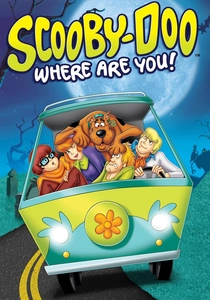
Scooby-Doo, Where Are You! (1969)
Description: Scooby-Doo, Where Are You! shares The Flintstones' roots as a Hanna-Barbera cartoon, featuring a group of friends solving mysteries with a comedic twist. Both shows are iconic representations of their respective genres—The Flintstones for family sitcoms and Scooby-Doo for mystery-adventure—while maintaining a light-hearted tone and memorable catchphrases.
Fact: Scooby-Doo was created in response to concerns about violence in children's cartoons. The character designs for Scooby-Doo and Shaggy were inspired by Bob Hope and his animated features. The show's famous line, 'And I would have gotten away with it too, if it weren't for you meddling kids!' has become a pop culture staple.
 Watch Now
Watch Now 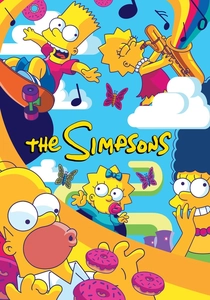
The Simpsons (1989)
Description: The Simpsons, like The Flintstones, is a family-centric animated sitcom that uses humor to critique and reflect societal norms. Both shows feature a bumbling but lovable father figure (Homer and Fred), a strong maternal figure (Marge and Wilma), and a mix of episodic and serialized storytelling. The Flintstones is often cited as a precursor to The Simpsons in terms of structure and tone.
Fact: The Simpsons is the longest-running American scripted primetime television series. The show's iconic couch gag was originally a time-saving device to fill extra seconds at the end of episodes. The Simpsons has predicted numerous real-life events, including the presidency of Donald Trump.
 Watch Now
Watch Now 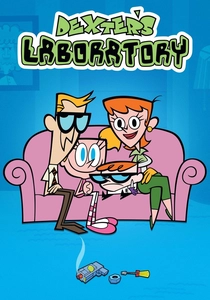
Dexter's Laboratory (1996)
Description: Dexter's Laboratory, like The Flintstones, centers around family dynamics and the humorous consequences of the protagonist's ambitions (Fred's schemes vs. Dexter's inventions). Both shows use their unique settings—prehistoric for The Flintstones and science-fiction for Dexter's Laboratory—to explore universal themes of family, work, and friendship.
Fact: Dexter's Laboratory was Cartoon Network's first original cartoon series. The show's creator, Genndy Tartakovsky, also worked on Samurai Jack and Star Wars: Clone Wars. Dexter's iconic accent was inspired by the voice actor's attempt to mimic a mad scientist.
 Watch Now
Watch Now 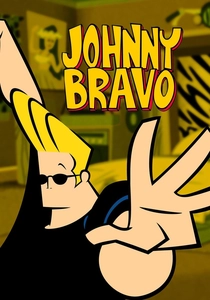
Johnny Bravo (1997)
Description: Johnny Bravo shares The Flintstones' comedic approach to masculinity and dating, albeit in a more exaggerated and self-aware manner. Both shows feature a larger-than-life male protagonist whose antics drive the humor, and both employ a retro aesthetic—The Flintstones with its Stone Age setting and Johnny Bravo with its 1970s-inspired visuals.
Fact: Johnny Bravo was originally pitched as a segment for What a Cartoon! before becoming its own series. The character's voice and mannerisms were inspired by Elvis Presley. The show frequently included cameos from other Cartoon Network characters and real-life celebrities.
 Watch Now
Watch Now 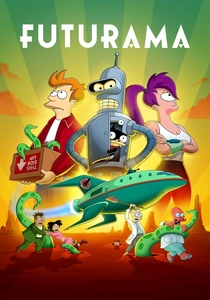
Futurama (1999)
Description: Futurama, like The Flintstones, uses an anachronistic setting (the future vs. the past) to explore timeless human experiences. Both shows blend clever wordplay, visual gags, and social commentary. The Flintstones' 'modern Stone Age family' concept is mirrored in Futurama's 'life in the 31st century,' with both shows finding humor in the collision of eras.
Fact: Futurama was created by Matt Groening, who also created The Simpsons. The show was canceled twice but revived due to fan demand and strong DVD sales. Futurama's writers included several PhD holders, leading to scientifically accurate jokes and concepts.
 Watch Now
Watch Now 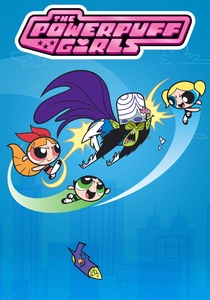
The Powerpuff Girls (1998)
Description: The Powerpuff Girls and The Flintstones both balance action and comedy while focusing on family-like relationships (the sisters in PPG and the Flintstone family). Both shows have a distinctive visual style and use their settings—a suburban city and a prehistoric town—to create humorous contrasts between the ordinary and the extraordinary.
Fact: The Powerpuff Girls was originally a college project by creator Craig McCracken. The show's theme song was performed by the Japanese band Shonen Knife. The series won two Emmy Awards during its run.
 Watch Now
Watch Now 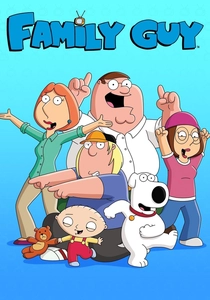
Family Guy (1999)
Description: Family Guy shares The Flintstones' focus on a dysfunctional yet loving family, with humor derived from the patriarch's antics (Peter and Fred). Both shows use cutaway gags and pop culture references, though Family Guy's are more frequent and meta. The Flintstones' Stone Age gags parallel Family Guy's modern-day absurdity.
Fact: Family Guy was canceled twice before being revived due to strong DVD sales and syndication. The show's creator, Seth MacFarlane, voices multiple characters, including Peter, Stewie, and Brian. Family Guy has been nominated for over 20 Emmy Awards.
 Watch Now
Watch Now 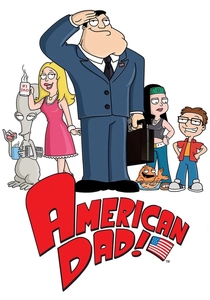
American Dad! (2005)
Description: American Dad! continues the tradition of The Flintstones by centering on a family where the father's eccentricities drive much of the humor. Both shows use their settings—a CIA agent's household and a Stone Age town—to satirize contemporary issues. The addition of non-human characters (Stan's alien Roger and the Flintstones' various creatures) adds to the surreal humor.
Fact: American Dad! was originally conceived as a more political satire than Family Guy. The character Roger was initially intended to appear only in the pilot but became a series regular due to popularity. The show moved from Fox to TBS in 2014, where it continues to air new episodes.
 Watch Now
Watch Now 
